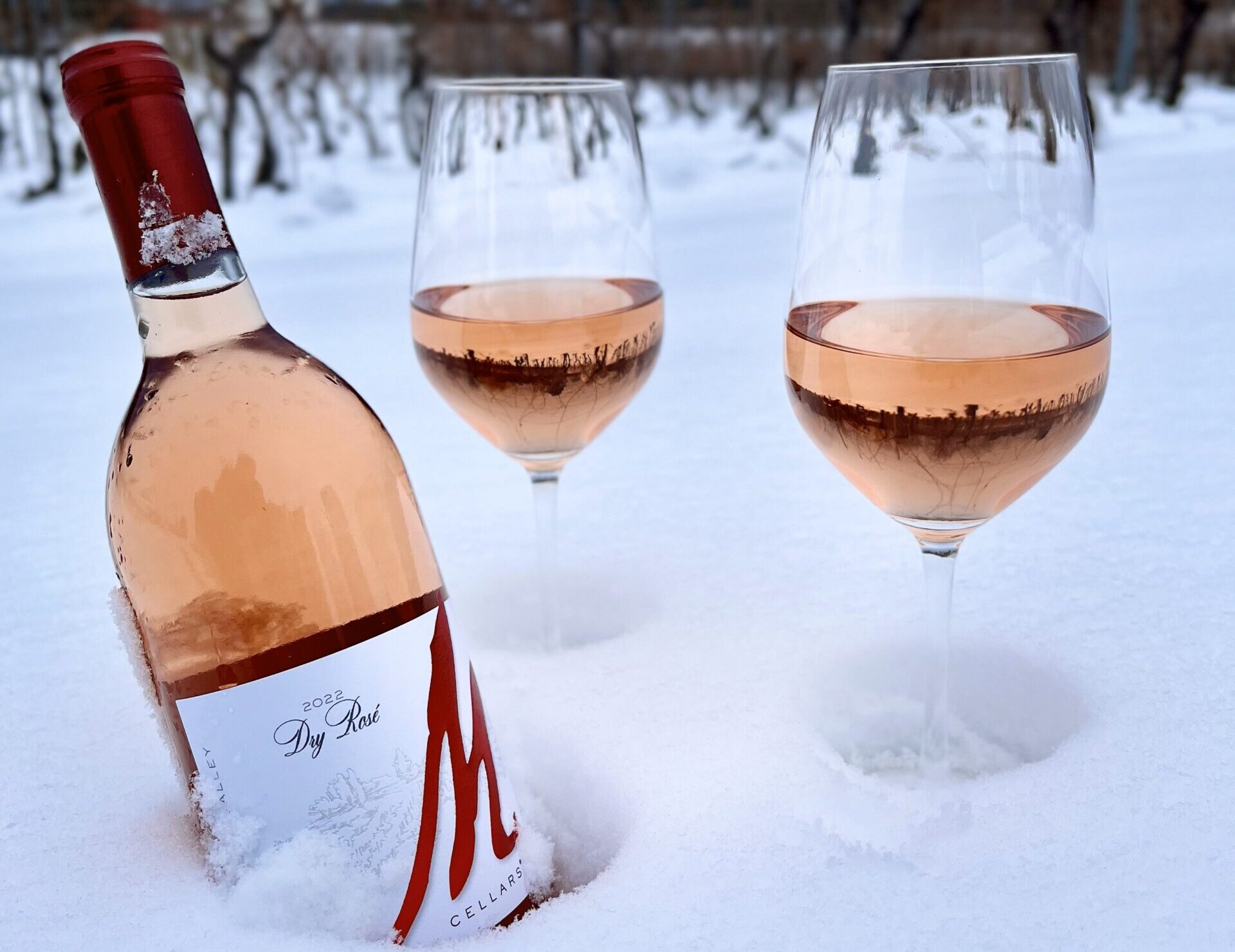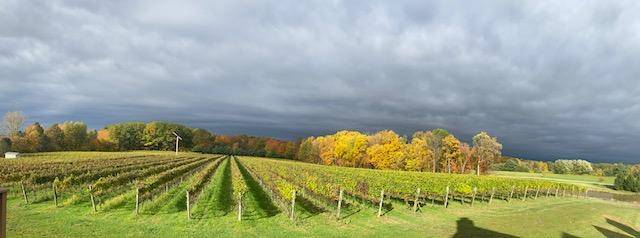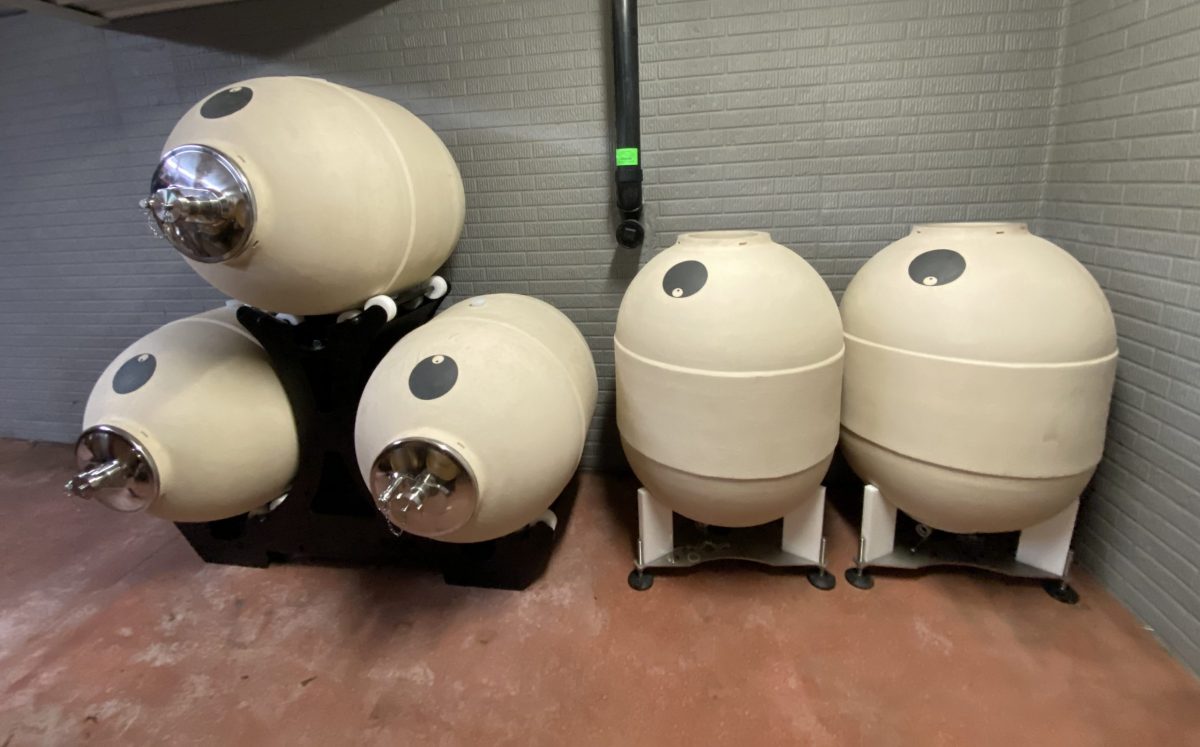Toasting with bubbly on New Year’s Eve is an effervescent institution. It also makes perfect sense — extravagant and overflowing with jubilance, sparkling wine seems designed for just such a celebration. But has it always been this way? When did it become synonymous with New Year’s Eve? You might be surprised to learn that the ebullition we love so much was once considered a defect. Thankfully, we figured out that fizz made the party pop, and the rest is history.
IN THE BEGINNING, THERE WERE BUBBLES
Found in writings dating back to ancient Greece and Rome, wine with bubbles existed before anyone understood why. Some thought it had to do with phases of the moon. Others, evil spirits.
In the Middle Ages, it was perceived as a sign of poor quality in the early Champagne region of France. It was known as “The Devil’s Wine,” as the pressure inside the bottles often spurred spontaneous bursting. Cellar workers wore iron masks to protect their faces from unexpected onslaughts of shards and suds. Dom Perignon actually worked his entire career trying to get the fizziness OUT of wine.
While Benedictine monks in Limoux were embracing bubbles as early as 1531, it was actually the British—who bought Champagne wine by the barrel and bottled it in England—who created demand for history’s most famous sparkling. Using stronger glass, cork stoppers, and some sugar science to create secondary fermentation in the bottle, evidence suggests that British merchants were deliberately creating sparkling Champagne before the French in the Champagne region.
THE LINK TO LUXURY (AND NEW YEAR’S EVE)
Soon, Champagne winemakers perfected the methode champenoise (also known as the traditional method or classic method), creating crisp, elegant sparkling wine. It was all the rage among the European elite, who popped bottles at their royal parties.
The world joined in on the bubble-making action, many following the methode champenoise. In the late 1800s, Italy developed the use of tanks for secondary fermentation (the more economical Charmat method), which made bubbles more accessible to the masses. While common folk couldn’t toast it on the daily, they might be able to swing the cost for a special celebration, like a ship christening. Or New Year’s Eve. We have fewer ships now, but bubbly remains a mainstay of ringing in the New Year.
SPARKLING WINE TODAY (AND AT M CELLARS)
Although Champagne is a household name, only sparkling wine that originates from the Champagne region of France can be officially designated as such. When it comes to bubbles, there’s a lot more to explore. We have Italy to thank for Prosecco, Lambrusco, Franciacorta, Metodo Classico, and Asti Spumante. Spain gave us Cava. Portugal, Espumante, There’s German Sekt, South African Méthode Cap Classique (MCC), Australian Sparkling Shiraz, and many more around the world… including our own in the Grand River Valley.
Here at M Cellars, we make our sparkling wine in the methode champenoise, meaning secondary fermentation happens in the bottle. Although a more time consuming and laborious process, we believe it results in the highest quality sparkling wine, with the longest-lasting bubbles. And, we think it tastes like a celebration.
Whatever your New Year’s Eve looks like this year, we wish you a happy and effervescent holiday.
We can now ship our Brut Rosé and Madelyn Sparkling Wine to 40 states. Visit our online store to learn more.




